From Classroom to Studio: How Loyola's LED Wall is Revolutionizing Visual Communication
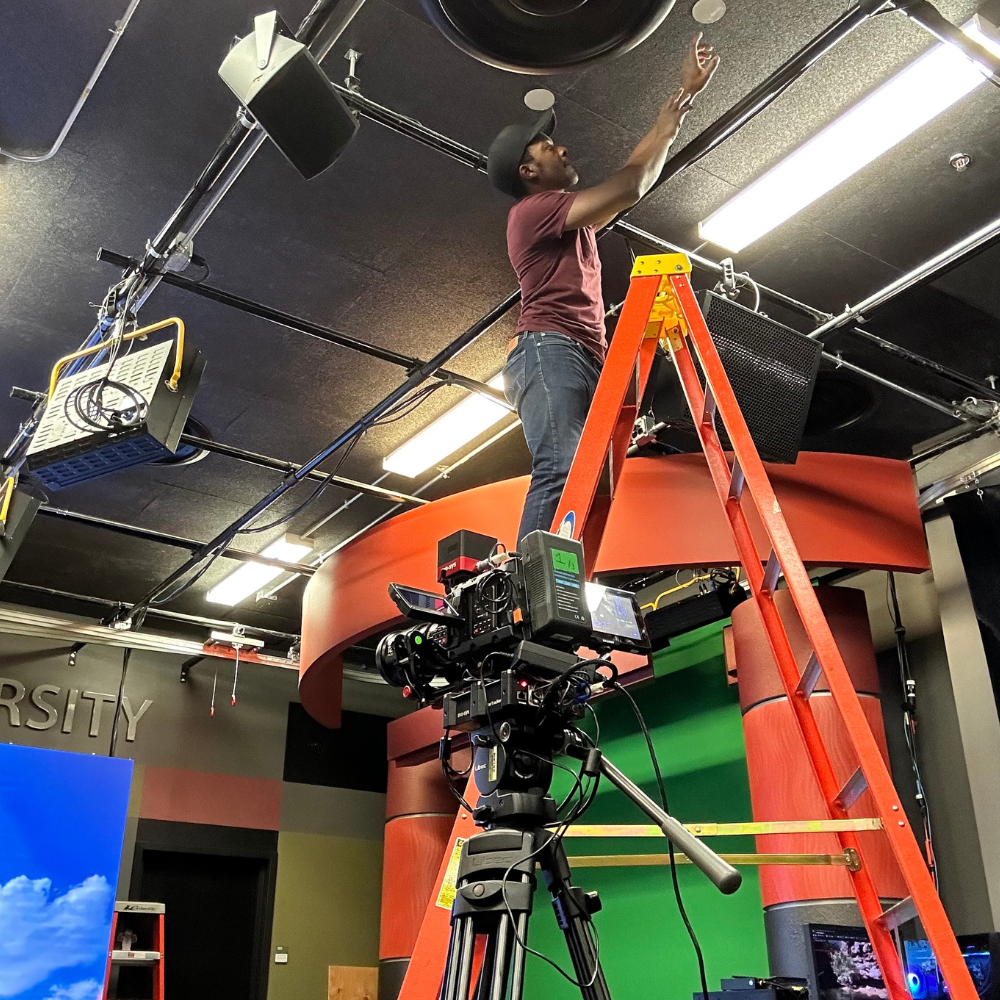
By Andrea Vargas
Loyola's School of Communication is proud to introduce its newest addition: an LED wall that will revolutionize visual communication. This innovative technology is a significant step forward for the school, providing a resource for students and instructors to creatively elevate their group projects, work on commercial partnerships, or even proudly display student work.
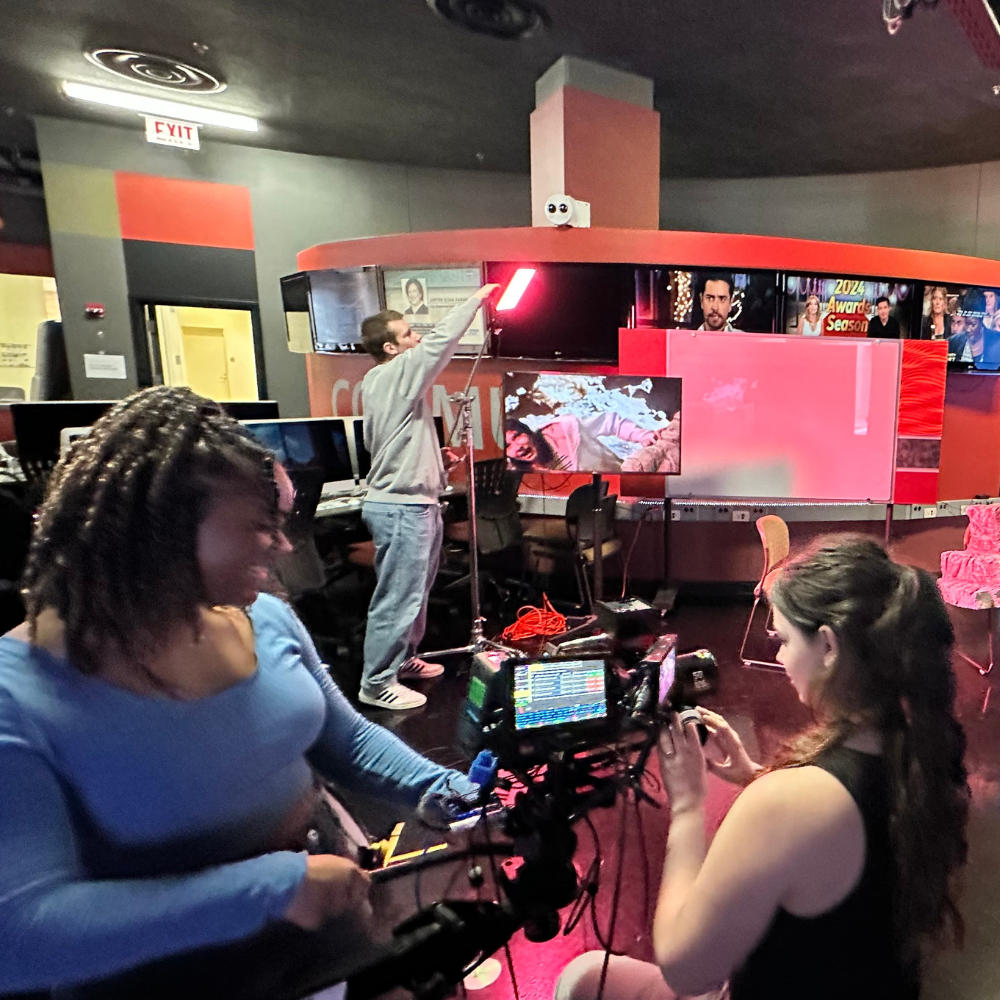
Located in the Convergence Studio, which serves as the School of Communication's creative hub, the LED wall provides a setting for the students to hone their artistic skills and improve their multimedia production, design, and storytelling abilities.

Professor Vincent (Vince) Singleton discussed how this cutting-edge technology will revolutionize the way SOC communicates visually and raise student projects to new heights of creativity and expertise.
"There are several uses for an LED wall. It is feasible to establish a three-dimensional ‘volume’ containing both physical and virtual workspaces for people to work in. Motion tracking, along with parallax and dynamic camera motions, enables this,” Singleton said.
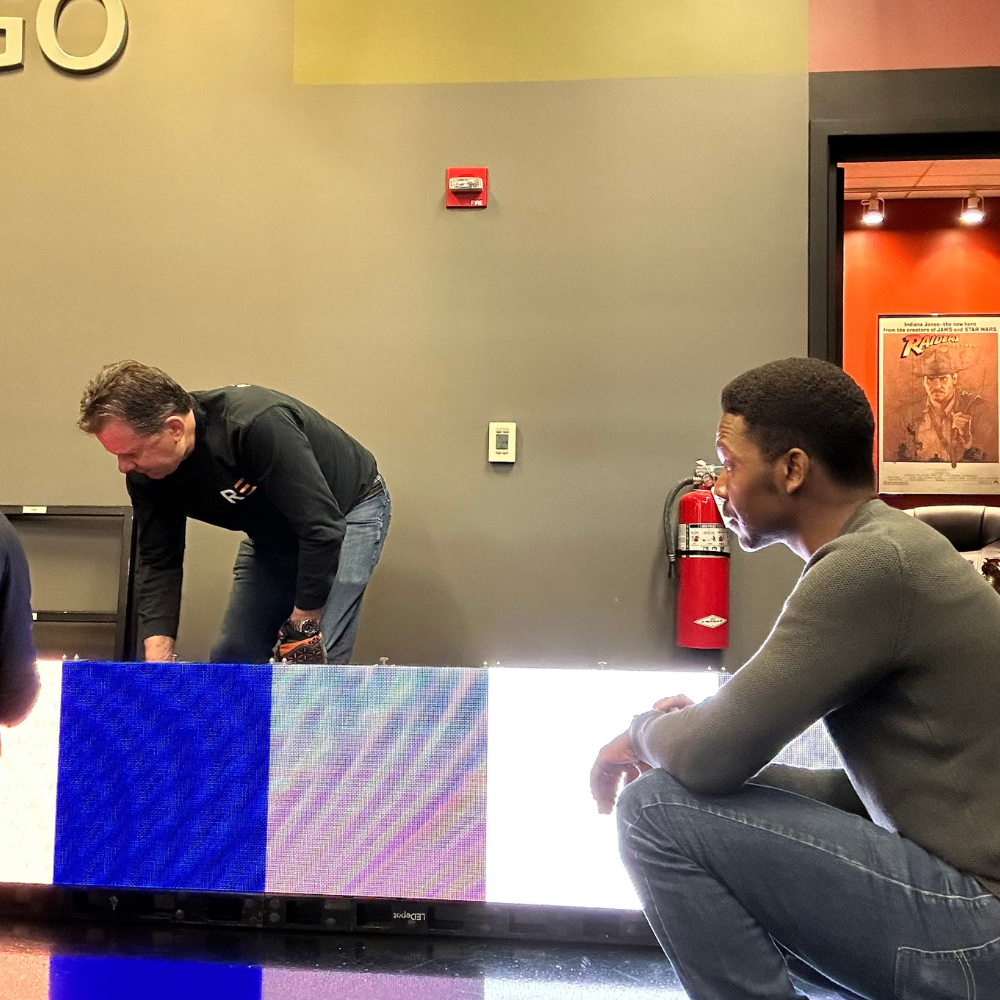
The wall can also serve as a giant screen for watching movies or a graphic backdrop for discussion shows or broadcast segments. Only the user's imagination and willingness to try new things can limit its applications. The LED wall's primary function in photography lessons has been to enlarge backgrounds and inspire scene lighting,” Singleton said.
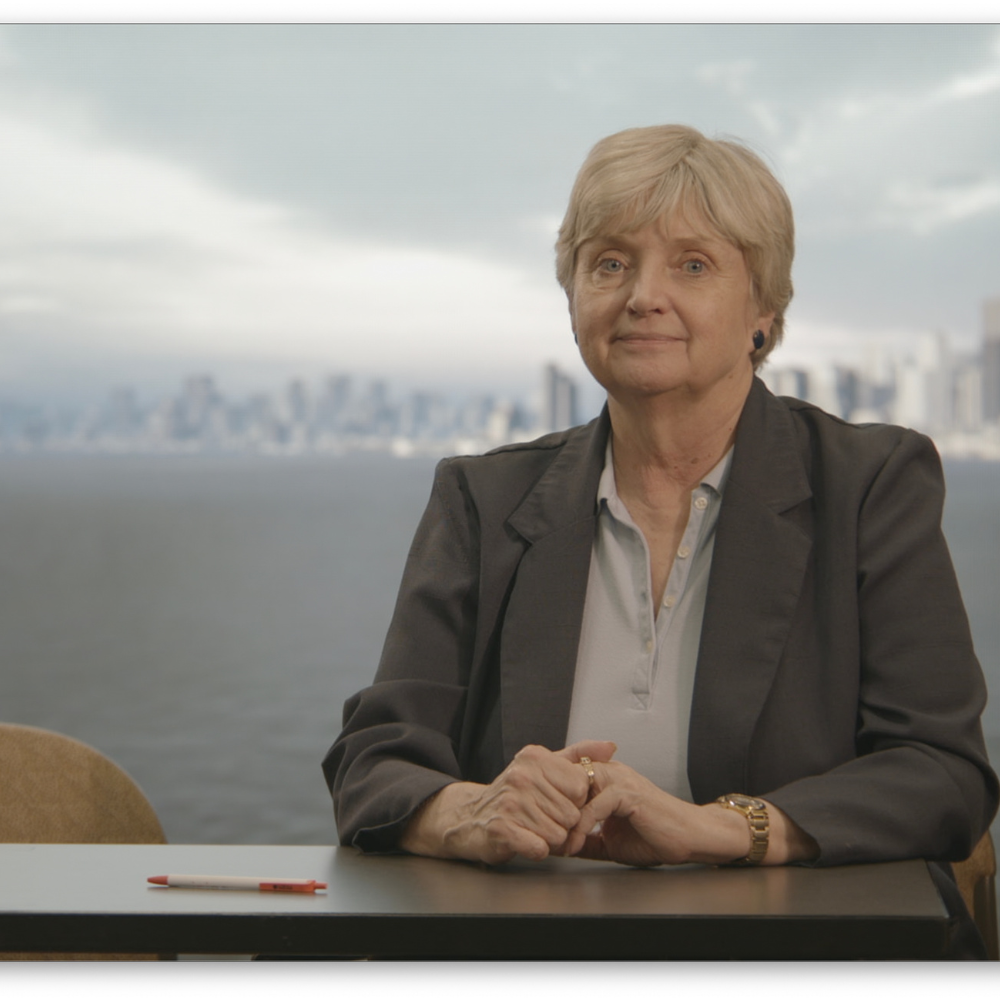
The LED wall offers students an array of options. Using the wall, students can create immersive multimedia experiences and communicate engaging stories that leave a lasting impression on audiences.
"We taught staff and teachers how to use LED walls, virtual production, Unreal Engine, and other related topics at workshops," Singelton said.
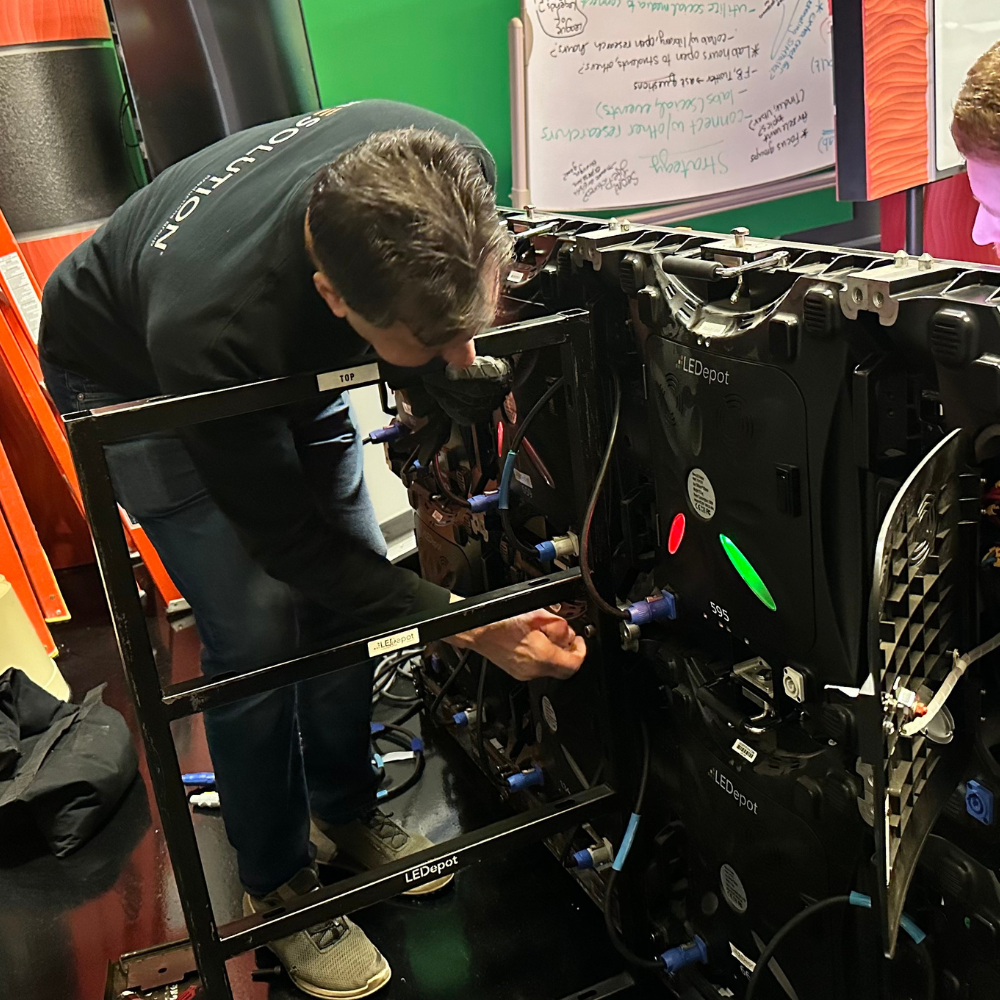
Beyond basic training, students and faculty can investigate the LED Wall's multiple applications. From graphic design to video editing, this technology expands the possibilities for visually spectacular content creation.
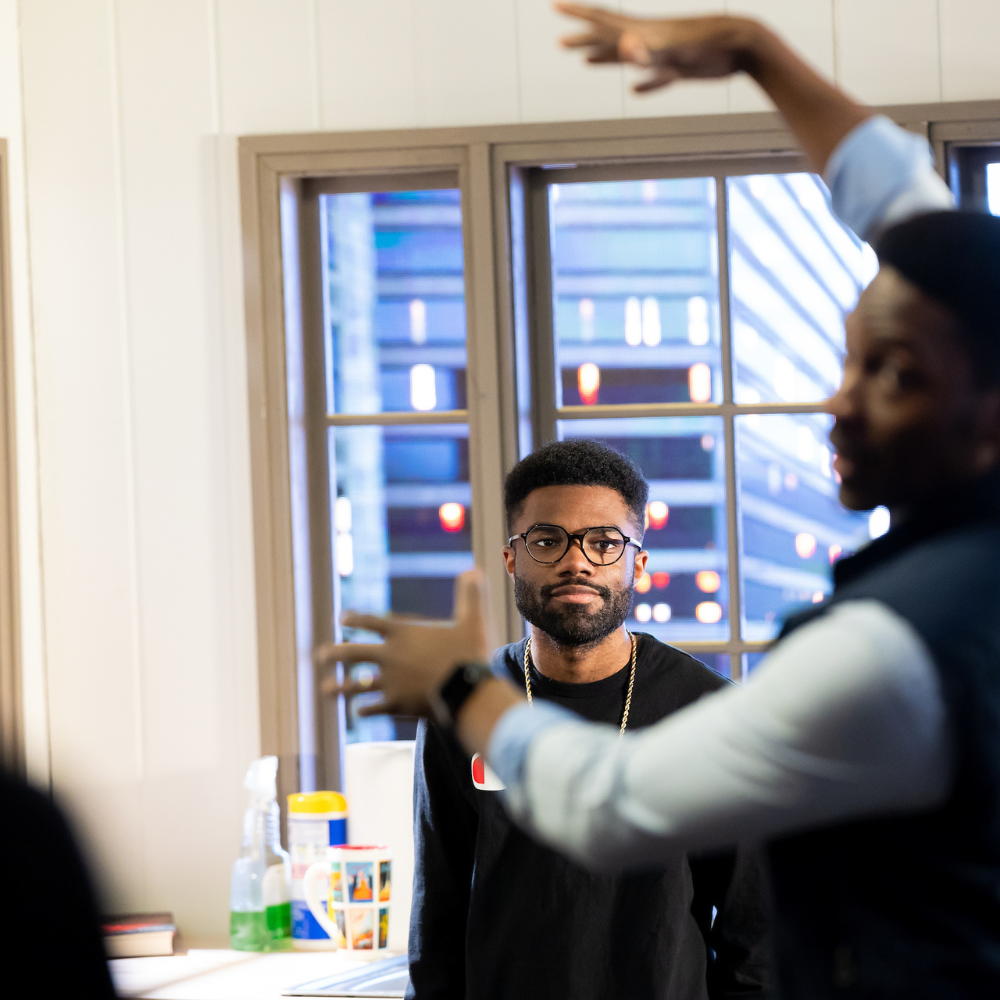
Connor Rahill, a BA Film and Digital Media student, said that being able to shoot a scene in practically any place opens up a world of possibilities that he would not have had otherwise.
"Not only is the wall invaluable for students like me to shoot projects that would otherwise be impossible, but high-budget studios also utilize this technology," Rahill said. “Gaining experience working with this technology, which could very well be the future of filmmaking, has been incredibly exciting."
